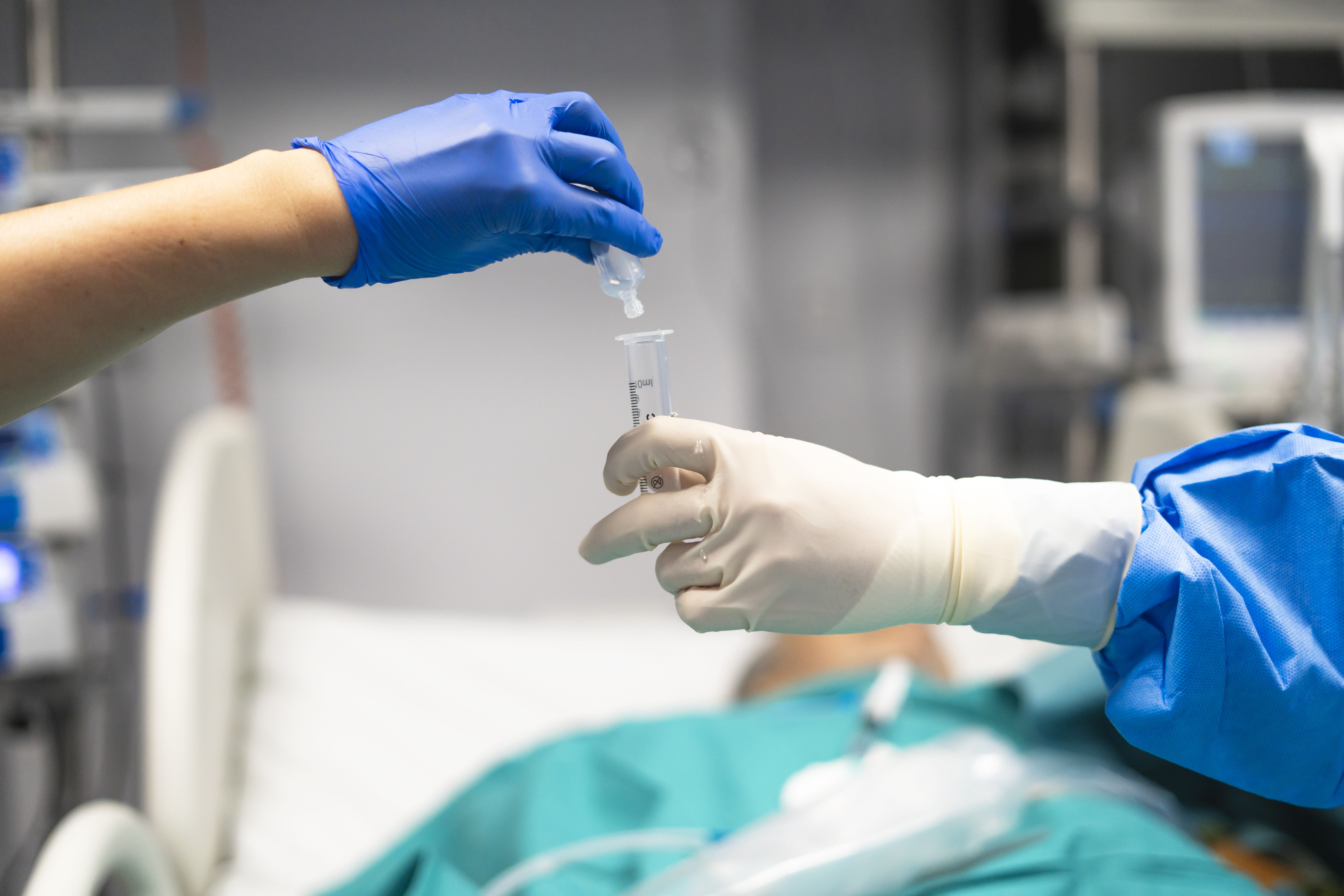10 Knee-Slapper Secrets to Outsmarting Your Baker's Cyst
That unwelcome bulge behind your knee, the persistent tightness, and the frustrating ache – if this describes your knee's current situation, a Baker's cyst might be the culprit. This fluid-filled sac, typically forming when joint lubricant collects at the back of the knee due to underlying issues like arthritis or an injury, can make everyday movements a challenge and even risk a painful rupture if left untreated. But relief is possible! To help you navigate your options and reclaim your comfort, we're diving into 10 effective treatments for tackling a Baker's cyst, covering everything from simple at-home strategies to advanced medical procedures.
1. Fluid Drainage

An individual experiencing symptoms as a manifestation of their Baker's cyst may need fluid drainage as part of their treatment. Fluid drainage or aspiration is typically administered on an outpatient basis and does not require any special preparation. During the procedure, a topical or injection of local anesthetic is delivered to the skin around the cyst. A device with a large screen called an ultrasound machine is used to locate the precise location of the patient's cyst. A small needle is inserted into the tissue behind the knee and the cyst. The vacuum mechanism of a syringe is used to draw out the fluid inside of the cyst. This treatment should shrink the cyst to reduce the symptoms the patient is experiencing as a result of the cyst growth. This method of treatment is often used for individuals who cannot undergo surgery to remove the cyst but still need symptomatic relief. The recovery from this aspiration procedure is short and allows the affected individual to resume their regular daily activities the day of or after. Most patients who undergo an aspiration for a baker's cyst do not feel pain during their fluid drainage procedure. Fluid drainage is an effective way to alleviate Baker's cyst symptoms, but there is a possibility the cyst will grow back.
2. Corticosteroid Injection Medication

An individual who has a Baker's cyst and is experiencing significant pain as a result of the cyst may require corticosteroid medication. Baker's cyst causes damage and compression of surrounding tissues and structures. The patient's immune system reacts to this compression and injury with an inflammatory response. An inflammatory response includes blood vessel dilation to increase blood flow to the area. The increased circulation is so a rush of oxygenated blood and immune system components can effectively reach the site of the damage. This response causes the area around the cyst to swell up, become red and warm to the touch, and experience sensations of pain. While the inflammatory response has the intention of mediating and repairing cellular damage caused by the cyst, not all of its effects are beneficial in terms of a patient's symptoms. In such cases, medication may be required to inhibit the action of the inflammatory response to help with the reduction of pain and swelling. This type of treatment can be accomplished with the delivery of a type of medication called a corticosteroid through a syringe to the affected region. Corticosteroids work to put the brakes on an affected individual's immune system temporarily so they will not experience so much pain and swelling from the benign cyst.
